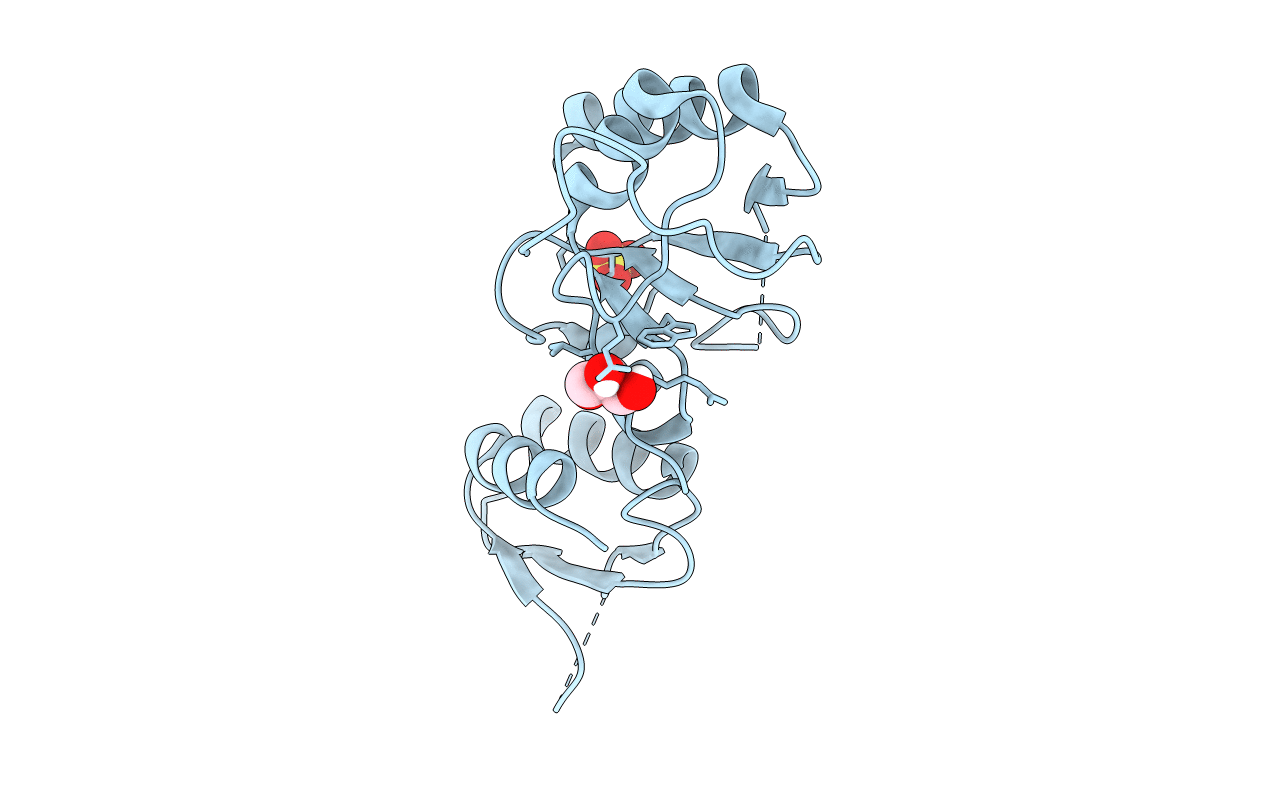
Deposition Date
2020-07-08
Release Date
2020-10-21
Last Version Date
2024-06-19
Entry Detail
PDB ID:
6ZPK
Keywords:
Title:
Crystal structure of the unconventional kinetochore protein Trypanosoma brucei KKT4 BRCT domain
Biological Source:
Source Organism:
Host Organism:
Method Details:
Experimental Method:
Resolution:
1.57 Å
R-Value Free:
0.19
R-Value Work:
0.17
R-Value Observed:
0.17
Space Group:
P 21 21 21


